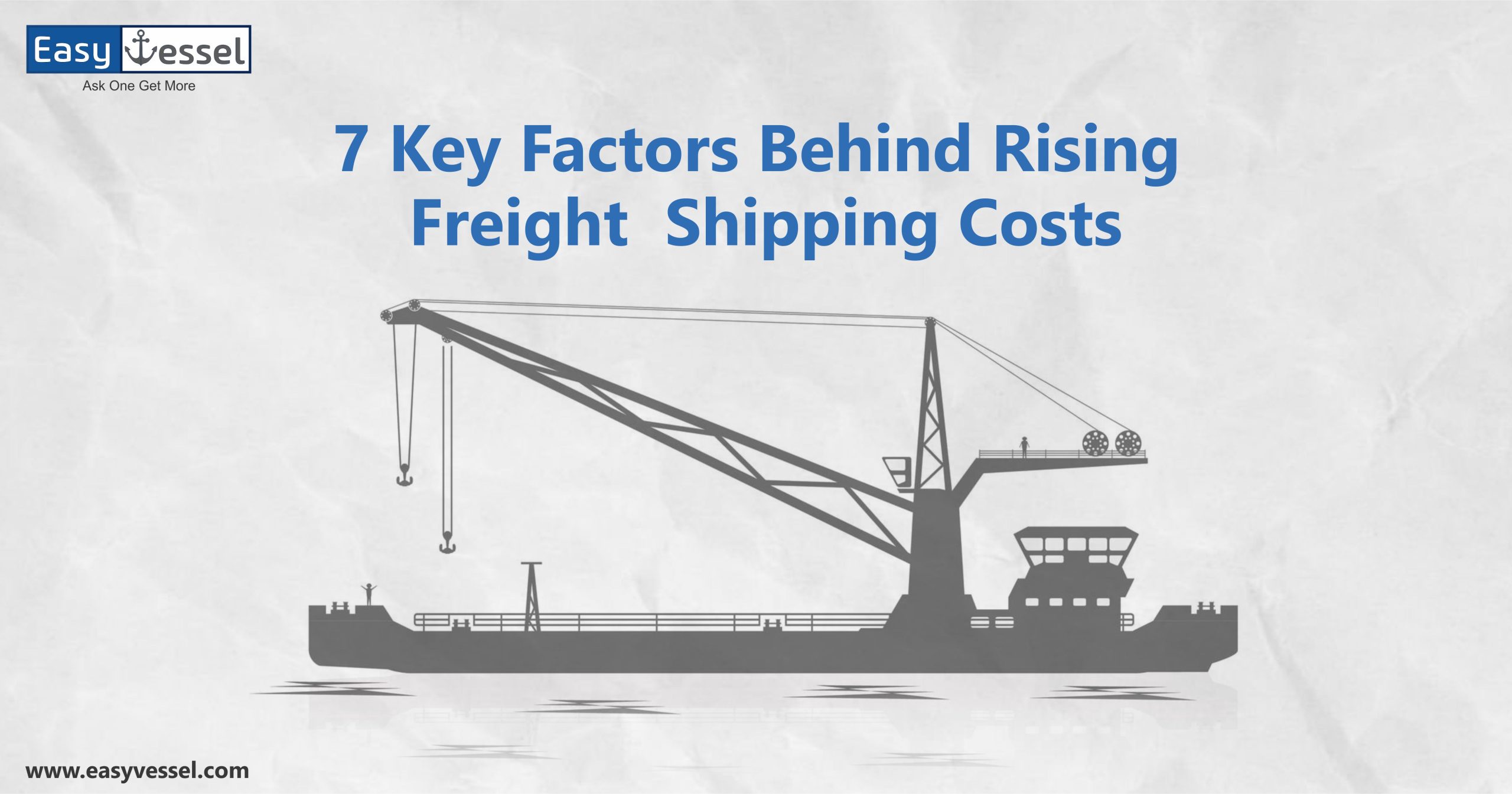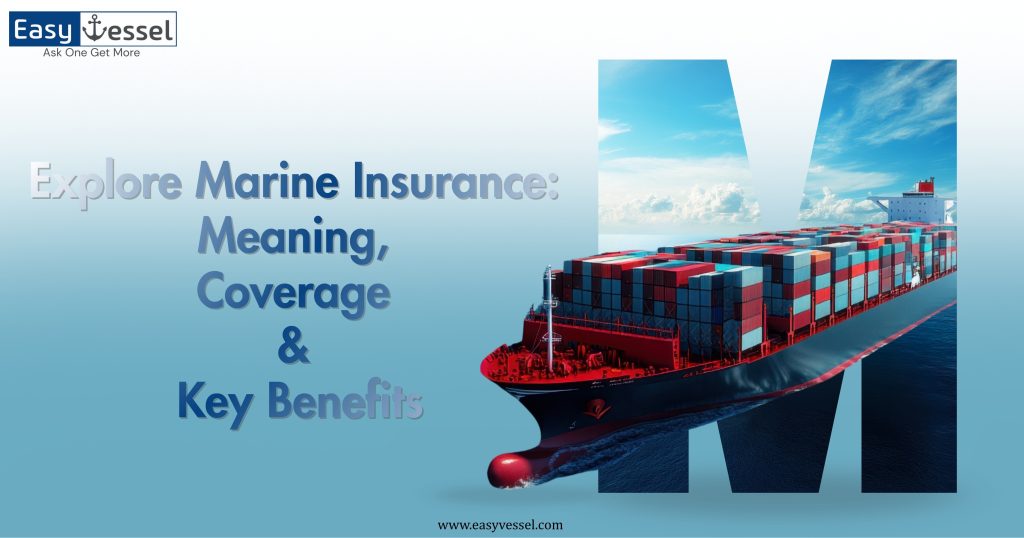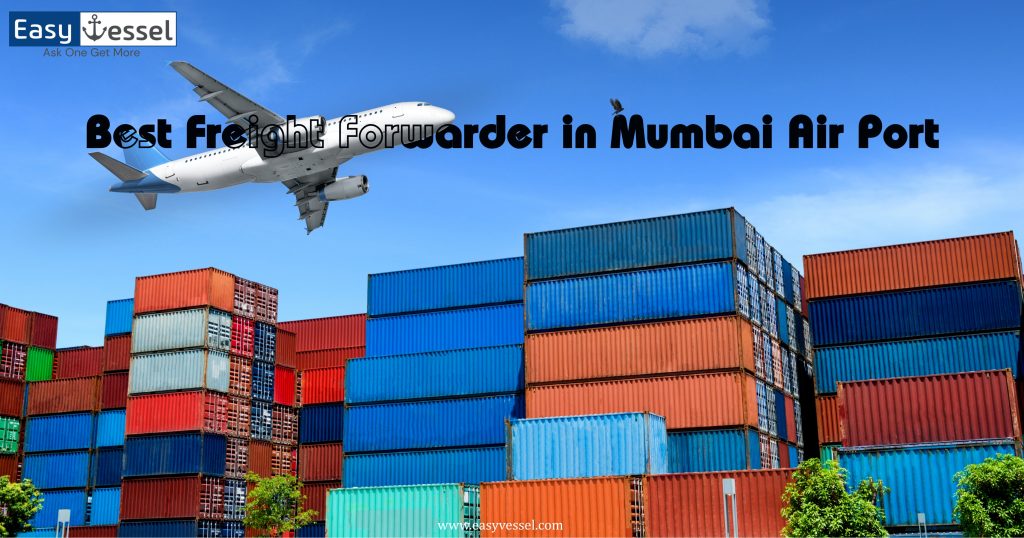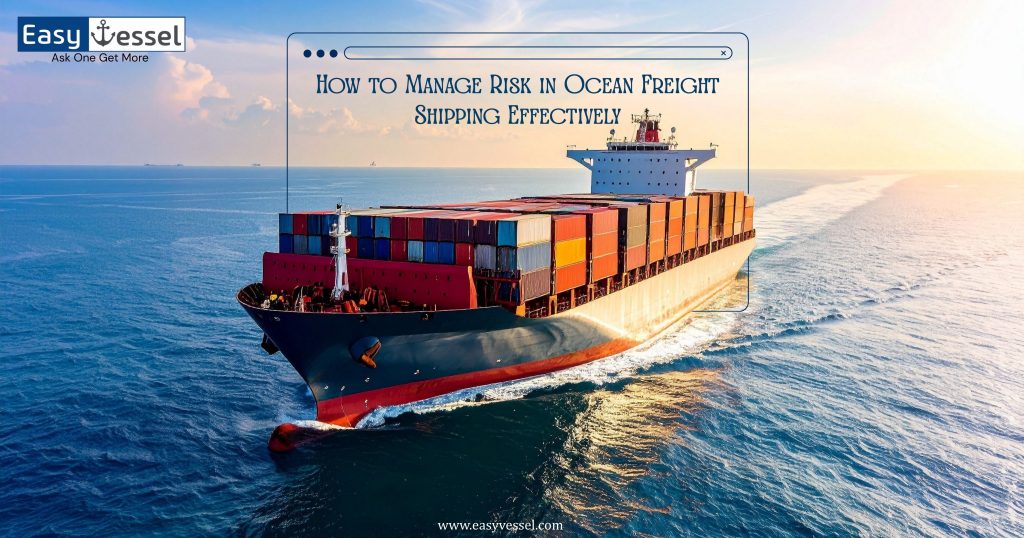Introduction
Transport logistics stands out as one of the most vital elements of a business’s operation. It supports the chain of supply and sets the framework of any modern economy by enabling cross-border trade. In recent years, however, freight costs have continuously been increasing, and this has affected the model of many companies that depend on logistics services. These expenses are linked to the condition of the world economy, operational costs and several other factors. Such factors, when understood by companies, allow them to make plans and work smartly with forwarders toward optimizing their shipping expenditure.
1. Fuel Price Volatility and Effect On Transportation Costs
Most leading industries are affected by the volatility of crude oil prices, be it logistics, shipping or freight. Shipping through all vehicles entails fuel costs, and this includes transporting goods with trucks, ships, and aeroplanes. International relations and conflicts and even shifts in the supply chain can result in increased demand globally for petroleum products, and shipment fuel expenses can increase accordingly, coupled with freight charges.
Estimates provided by freight forwarders are based not only on the service offered but also on the change in fuel expenditure over time. This means additional costs, like the Bunker Adjustment Factor (BAF) for ocean transport and Fuel Surcharge (FSC) for trucking and air freight, add to the expense of transporting goods.
How to Fix It
Improving Transport Efficiency: Applying algorithmic guidance enhances the fuel economy of the designated routes.
Increase Investment in Renewable Energy: Companies can use reduced or hybrid gas-powered vehicles for more sustainable transportation methods.
Bargain with Carriers: Get a deal with carriers to obtain more extended contracts to ensure lower fuel surcharges.
2. Global Supply Chain Disturbances
Some factors are not well managed within global supply chains, resulting in container scarcity, port congestion, and scarcity of the workforce. Even after the pandemic, the supply chain logistic issues are still affecting freight shipping costs. Port congestion translates to a longer time waiting for a ship, which increases demurrage and detention fees.
Acquiring equipment capped by shipment container scarcity results in higher shipment costs. Dock worker and truck driver shortage translates to a delay in freight, leading to increased freight costs.
How to Fix It
Change Compliance Strategies: Dependency on regions where tariffs hit hard is reduced by getting goods from the different areas.
Invest in Freight Forwarding Services: Keep in touch with freight forwarders who actively follow international trade legislation.
Exploit Free Trade Agreements: Duty-free agreements and zones should be tapped.
3. Greater Supply of Freight Services
Demand for freight services has increased significantly due to the growth in e-commerce and the rise in consumer spending. The increase in online shopping comes with added stress on the existing logistic system, straining available capacity and further increasing transportation costs.
Forwarders of freight need to book a carrier in advance to satisfy demand, often at a higher price. Significant shipping times like New Year’s and the holiday season aggravate cost increases even more. Businesses have to devise shipment plans in advance and negotiate with sea freight services for multi-year contracts so that they can avail reasonable freight rates.
How to Fix It
Strategic Inventory Control: Maintain an optimal inventory level to alleviate the need for expedited shipping.
Negotiate Shipments in Bulk: Freight forwarders can save money when grouping shipments.
Establish Regional Distribution Centers: Having multiple shipping locations can help save on long-distance delivery costs.
4. Trade Policies and Regulatory Compliance
A government’s legal policies, environmental rules, and trade tariffs have a considerable impact on shipping prices.
IMO 2020 Regulations: Order from the international maritime organization that lowered sulfur fuel costs increases a ship’s fuel expenses.
Customs Tariffs and Duties: Economic sanctions and trade wars introduce new costs on goods, which increases shipping costs and escalates working capital outflow. Capital that a company gets from customers who purchase their goods gets charged and can be spent, and it goes business as usual, which translates to franchises.
Environmental Compliance Costs: Emission control policies are becoming stricter, forcing freight carriers to shift towards cleaner business practices and making them dependent on customers to pay for these clean technologies.
How to Fix It
Partner with freight forwarders with carbon-neutral aircraft offers using green shipping resources.
Shifting tap bolsters at the order level can increase sustainability by using eco-friendly transport and packaging for businesses.
Stay Proactive With Compliance: Staying up-to-date with compliance requirements helps avoid penalties and unplanned costs.
5. Workforce Deficiencies and Labor Spending
Manual labour remains crucial in the logistics sector, particularly with truck driving and warehouse operations. However, the ongoing gap in unavailable workers has increased wages, which, in turn, raises freight shipping costs.
Deficiencies In Truck Drivers: Several areas are hit the worst by a lack of truck drivers. This leads to higher salaries being demanded and, subsequently, higher prices associated with ground transport.
Wages For Port And Warehouse Workers: The steady increase in wages in major freight regions adds to the total shipping costs.
Labour shortages are not desirable, but they do not complicate matters for freight forwarders because they work closely with several carriers and logistics companies, which makes it easier to find cheap shipping options.
How to Fix It
Put Money In Automated Systems: Apply AI logistics frameworks and automated warehouses.
Retain Workforce More Effectively: Skilled employees require and will be retained with improved pay and working conditions.
Outsource To Freight Forwarders: Experienced freight forwarding firms can take care of the operations that need to be managed.
6. Traffic and Infrastructure Problems
Outdated primary routes and congestion of critical ports, highways and railways are reasons for the constant increase in fees associated with shipping freight. The lack of further investment in infrastructure leads to:
Increased duration to complete shipments considers the lack of sufficient roads and ports to complete shipping.
The backup of vehicles and vessels leads to increased damage to transport vessels and increased spending for their upkeep. Expanded demand for expedited shipping services needs further supply chain investment.
Private and government stakeholders are undertaking infrastructure projects. However, until these improvements are complete, companies still depend on adept freight forwarders to deal with the problems these upgrades will bring during the construction phase.
How to Fix It
Broaden Set Port Parameters: Use terminals that are less known or less busy.
Off-Peak Season Shipping: Transporting cargo out of season will often reduce expenses and delays.
Integrate Delay Mitigating Tools: Having real-time monitoring and anticipating delay changes will help meet deadlines.
7. Container Freight Rates and Equipment Costs
Costs incurred in container freight transportation have increased due to unmatched demand and supply situations, along with heightened freight equipment leasing rates. Leasing transport containers at premium prices increases costs for businesses to capture vessel space.
Adding costs comes with dismantled repositioning, where transport units without changeable cargo-trained portions are altered and shifted between unequal trade participating zones. Surcharges are put in place on premiums to benefits granted.
Through the use of freight forwarders, which are intermediaries associated with shipping firms, businesses get favourable rates offered through container space orders.
Read more: 10 Common Type of Shipping Containers: What You Need to Know
How to Fix It
Purchase Port Caps: Putting caps on box orders combined with appliances makes losing parts more costly.
Use Shared Containers (LCL): Businesses are able to cut costs using Less-than-Container Load (LCL) shipments, which are helpful for smaller quantities.
Use Digital Freight Marketplaces: Businesses find available container spaces through platforms such as Easyvessel, which helps them fill unused vessel space quickly.
Conclusion
Identifying the reasons freight shipping costs are increasing assists businesses with logistics planning. Increased fuel prices, supply chain disruptions, high demand for shipping, regulatory policies, insufficient workforce, infrastructure problems, and container shipping costs all add to increased freight costs. Businesses can use the services of skilled freight forwarders to optimize their shipping needs. With good planning, companies can eliminate spending and still ensure smooth international trade.
After shifts in the logistics industry, accompanied by the rise of technology and increased communication, businesses need to tailor their planning to work with, not against, freight forwarders in order to handle multifaceted challenges presented in freight shipping. Developing reliable long-term contracts for shipping and tracking market changes, on the other hand, enables better planning of supply chain and freight cost control.
Reference:
Freight transport by Wikipedia[1].
Freight rate by Wikipedia[2].
Frequently Asked Questions
Freight charges depend on fuel prices, supply and demand, shipping distance, cargo type, mode of transport, customs duties, and labor costs. Peak seasons, port congestion, and special handling requirements can also increase costs.
Freight costs are rising due to fuel price hikes, supply chain disruptions, container shortages, port congestion, and labor shortages. Stricter environmental regulations and increasing demand further drive up shipping expenses.
Transport costs are influenced by distance, cargo type, mode of transport, customs duties, toll fees, and fuel prices. Market demand, infrastructure efficiency, and labour costs also play a role.
Rising fuel prices, high shipping demand, limited transport capacity, stricter regulations, and geopolitical issues can drive freight rates higher. Economic conditions and trade policies also impact pricing.
Businesses can optimize costs by planning shipments, consolidating cargo, negotiating rates with freight forwarders, and using alternative transportation modes like rail or LCL (Less-than-Container Load) shipping.
While fluctuations are common, long-term trends suggest that factors like inflation, fuel costs, and regulatory changes will continue to impact shipping rates. Monitoring the market and working with reliable freight forwarders can help businesses manage costs effectively.



